La Région Centrale 1971
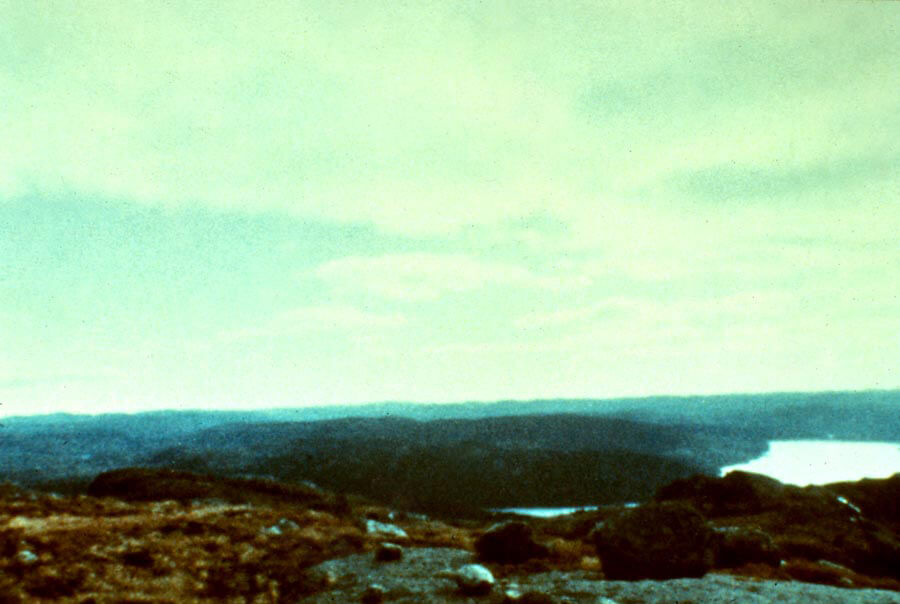
Michael Snow, La Région Centrale, 1971
16mm film, colour, sound, 180 min.
National Gallery of Canada, Ottawa
Michael Snow’s tenth work in film continues the exploration of camera movement that is the hallmark of his award-winning Wavelength, 1966–67, with two significant differences. His earlier works in this vein, which include Standard Time, 1967, and <—> (Back and Forth), 1969, were created in enclosed spaces—a loft, an apartment, and a classroom—and each featured a single camera movement: the zoom (changing the focal length to make the subject come closer) in Wavelength; and the pan (the camera rotating on a horizontal line) in the later two. The film that became La Région Centrale was set in a remote location that he found north of Sept-Îles, Quebec.
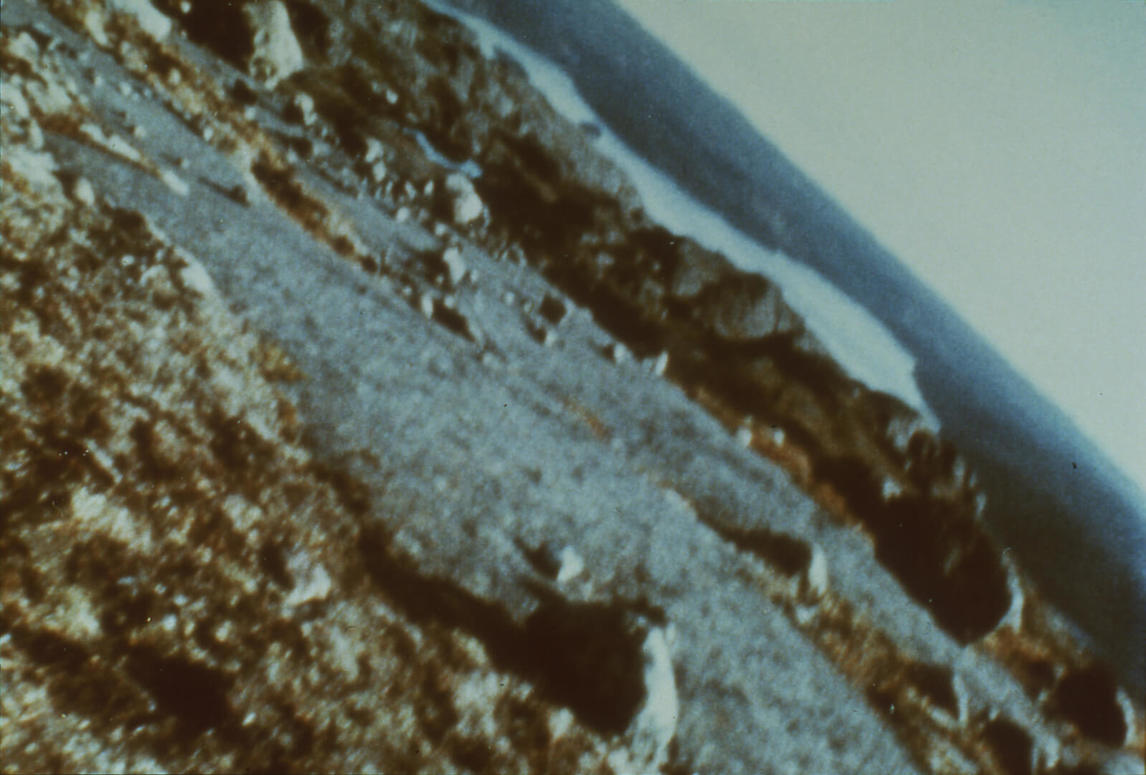
From the perspective of a mountaintop, this cinematic landscape features vast prospects and a rocky terrain recorded by a camera rigged for movement in any and all directions, including turning, rolling, and spinning—a landscape that defies gravity. To achieve this effect in the wilderness, Snow conceived of a remote-controlled camera-activating machine that he commissioned from the engineer Pierre Abeloos. Camera and crew were dropped by helicopter onto the surface of planet Earth. Snow shot five hours of raw colour footage, which he then edited into a three-hour film intended for theatrical distribution.
La Région Centrale transports its audience to a rugged Canadian landscape that is discovered at noon and then explored in seventeen episodes of dizzying motion as the machine’s shadow lengthens, night falls, and light returns. The soundtrack, composed by Snow for a quasi-synthesizer, refers to the sine waves and electronic pulses that had set the camera in motion and heightens the sensation of being under the power of an all-seeing machine. The experience is vertiginous, hallucinatory, and defining of the technological sublime.
The camera-activating machine does not appear in the film, except occasionally as a shadow, but its engineered beauty was not to be wasted. It was adapted to become the central element and motive force of the kinetic video sculpture De La, 1972. The 16mm camera was replaced with a video recorder that transmits a continuous flow of images to four television monitors placed along the perimeter of the sculpture’s virtual space. Visitors attracted to the beauty of the machine in motion become part of De La as its roving eye captures them on camera and scatters their images to the four winds.
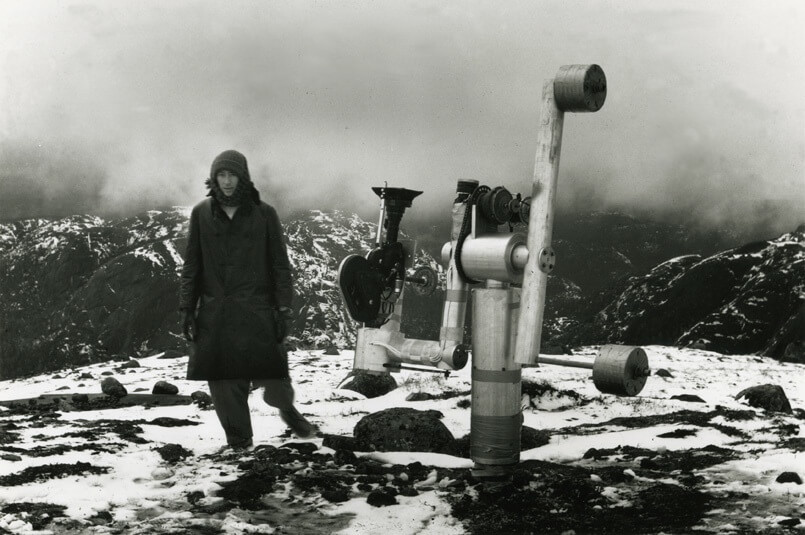

 About the Author
About the Author
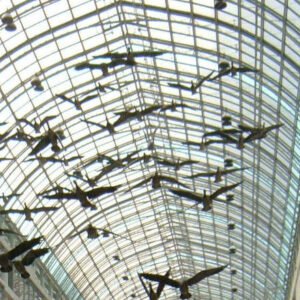 Download PDF
Download PDF
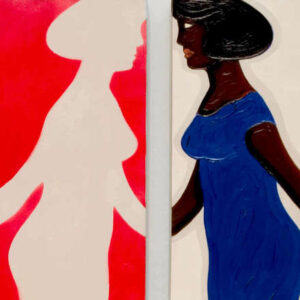 Credits
Credits